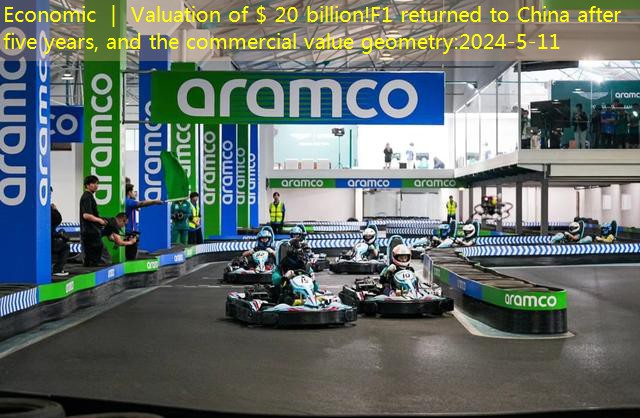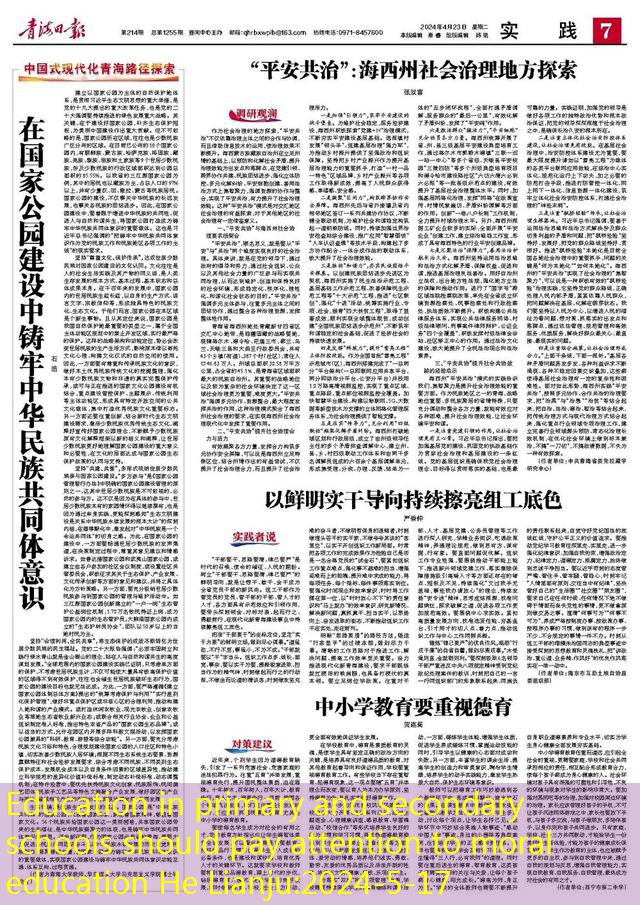Hybrid work ticks many boxes – but it’ll never be a one-size-fits-all solution for every worker and company.

After a few years of post-pandemic confusion, the debate over return-to-office seems to have landed on widespread hybrid work. Throughout 2023, organisations tried a largely new way of working at scale – whether that’s a common model of a fixed three days in office with two at home, or other flexible patterns.
Workers are generally in favour of hybrid work. For example, in a September 2023 survey of 2,428 global workers by employee-experience research firm Leesman, seen by the BBC, 94% reported liking hybrid working – in principle. November 2023 data, surveying 141,793 US workers, also shows employees now want to work from home an average of around 2.75 days a week, approximately only a half-day more than employers intend.
But while more workers and companies are becoming accustomed to hybrid working, some consistent issues have emerged in these nascent set-ups. Some of them may merely be teething problems, while others appear to perhaps be more systemic – and threaten to become endemic.
Old and the new
A key argument for hybrid working is that it provides in-person office days for teams to collaborate, while still offering employees the autonomy of working from home.
But that flexibility isn’t necessarily being split equally. Leesman’s data shows that mandatory office attendance skews towards younger workers. “The younger the worker, and the shorter tenure, the more likely it is they’ll have more office days than older, more experienced colleagues,” says Tim Oldman, founder and CEO of Leesman, based in London. “There’s an element of trust: the data suggests you seemingly have to ‘earn the right’ to work remotely more often.”
There can be a natural tendency for more experienced workers to be afforded greater flexibility than junior employees. But this presents challenges to the success of hybrid working writ large, says Oldman. “A strong case for in-office days is that less experienced workers are able to learn more quickly. But if their likely mentors are working from home more often, that poses a problem. So, there’s this tension between the accessibility of experienced colleagues, versus their expectation of greater flexibility.”
Jeetu Patel, executive vice president and general manager, security and collaboration, at digital communications technology firm Cisco, in California, says unless this issue with hybrid work is addressed, younger workers risk stunted career development. “It’s really important they’re mentored by seasoned employees who’ve been in the workforce for a while. But that needs to be balanced against the needs of, say, a single parent able to participate in the workforce, who would’ve previously been prohibited working in full-time office patterns.”
While this issue can perhaps be solved by fixing teams’ in-person days, stricter protocols can lead to greater problems, says Patel. “When you begin mandating how people work, rather than what you’re working on and outputs, you run the risk of getting into a dangerous spot of making employees feel you don’t trust them.”
Consequently, some leaders are choosing to encourage employees to come to the office without necessarily enforcing attendance. This isn’t without its challenges either, says Patel.
“Rather than mandating top-down, our model is that the team is given autonomy to decide how they want to work, so they create the norms themselves. Where it can be tricky is if not enough people go in to create a network effect. Otherwise, folks may not find value in going to work.”
But it’s not just leaders encountering issues with hybrid on-the-fly – employees can be left feeling dissatisfied as well.
According to Leesman’s survey, around 40% of workers find it difficult to participate with others in hybrid meetings, whether they’re an in-person participant or virtual.
Oldman says it’s a problem that may be here for the foreseeable future. “It’s not just a software issue – most workplaces aren’t yet equipped for hybrid meetings, and making people truly feel they’re in the same meeting. The work we do has advanced so much in less than five years, but we’re still operating in offices designed for the pre-pandemic era.”

And while workers cherish flexibility, this too can sometimes come at a cost. Leesman’s data shows that workers with the fewest in-person days reported the greatest work-life balance; conversely, 42% said they feel sometimes or frequently socially disconnected from colleagues on their remote days.
“It seems the office still provides the social fabric of the organisation,” says Oldman. “It’s an issue that employers and employees will need to navigate going forward.”
Is it worth it?
A subsection of bosses remain fundamentally sceptical of hybrid working, says Johnny C Taylor Jr, the president and CEO of the Society for Human Resource Management (SHRM), based in Washington, DC. In some cases, they may prefer their employees revert to full-time office settings – suggesting they may be ready to ditch, rather than fix, hybrid.
“CEOs have told me they’ve generally accepted that hybrid is the new way of flexibility moving forward, but they’re also frustrated by it,” says Taylor. “Some have concerns over how it affects employee experience, engagement and culture.”
Indeed, more companies, including Disney, and investment-management firm Blackrock, are implementing four days in-office. Nike has announced it will do the same in 2024. Some experts believe executives are slowly shifting back towards full-time office returns in all but name.
But despite some frustrations, hybrid working is set to remain in the vast number of cases, given it’s now reached a critical mass, says Taylor. “The horse is out of the barn when it comes to flexibility. There is now enough of the workforce that expects hybrid arrangements, and if they’re required to go back to the office full-time, they’ll refuse – or quit.”
Tanuj Kapilashrami, chief human resources officer at Standard Chartered Bank, in London, believes many of the challenges with hybrid work can be solved. In an industry notorious for in-person working, her company took a close look at how different teams functioned. It’s been able to implement flexible working for 65,000 employees across 47 markets by analysing which roles can be done remotely, having employees submit preferences, and then tasking managers to hold one on one conversations with their direct reports before setting individual guidelines.
Kapilashrami says this set-up has helped to soothe hybrid working’s early problems. “Our approach doesn’t mean an employee wakes up and decides where they’ll be that day. Instead, through a structured framework, we can leverage data to help overcome common arguments against hybrid working – for example, we’re able to see if certain working arrangements mean someone is more likely to be promoted. It takes the emotion out of the debate.”
In total, of those able to work flexibly, 71% of Standard Chartered’s global employees choose to work hybrid, with only 2% opting to be fully remote. Kapilashrami says the best way to tackle hybrid is by taking its challenges head on. “It goes beyond hybrid being how many days a week someone works from a certain location – it’s fundamentally redesigning how people work. Flexibility is here to stay, so rather than worry about culture being eroded, it’s finding ways to make hybrid work better.”
Regardless, re-configuring decades-long working practices will require time. Oldman says we’re still in the early stages of a live global experiment: there are issues with hybrid working that will inevitably arise over time, and it’s largely too early to say which ones are truly unsolvable.
“We’re only a year into post-pandemic life in real terms, but hybrid working will have to be running decades before we’re able to learn the real impact it has on organisational culture, learning and career development,” he says. “The reality is that the work we do has advanced so much in less than five years – we’re all still playing catch-up.”






